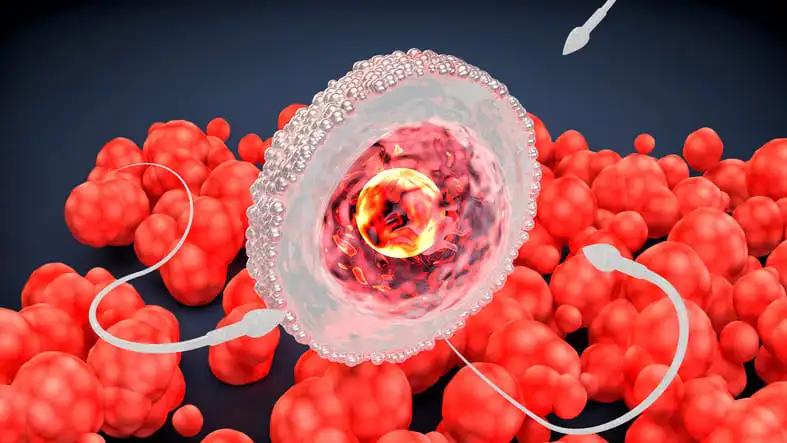KEY TAKEAWAYS
- The study KEYNOTE-361 trial (NCT02853305) Phase III aimed to evaluate the PFS and OS of patients with advanced or metastatic UC who had not received prior systemic therapy.
- Patients were randomly assigned to receive gemcitabine, gemcitabine plus cisplatin, carboplatin, cisplatin, or carboplatin alone.
- Patients receiving P + C had longer PFS than those receiving C alone. Median PFS values for P + C, P, and C patients were 8.3 months, 3.9 months, and 7.1 months, respectively.
- The study revealed that adding P to C improved PFS in patients with advanced UC compared to C alone. However, there was no statistically significant improvement in OS upon the P + C combination.
The efficacy and safety of first-line ( 1L) pembrolizumab (P) + (chemotherapy) C vs. C for advanced urothelial carcinoma (UC) are being compared in the open-label, phase III KEYNOTE-361 research (NCT02853305). Patients were eligible if they had ECOG PS 0-2, no prior systemic therapy for advanced illness, and advanced/unresectable or metastatic UC. Patients from 201 sites in 21 countries were randomly assigned to receive either P 200 mg Q3W for ≤35 cycles, P for ≤35 cycles plus C for ≤6 cycles (investigator’s choice (IC) of gemcitabine + either cisplatin or carboplatin), or IC of C for ≤6 cycles. Platinum and Programmed Cell Death Ligand 1 (PD-L1) combination positive scores (CPS) (10 vs. 10) served as a stratification factor for the randomization process. A central blinded review assessed that PFS and OS were the two main efficacy measures. Researchers used a sequential testing design in which they first tested whether P + C was superior to C in terms of PFS and OS in the total population (P-value threshold of ≤0.0019 for PFS and ≤0.0142 for OS as adjusted for spent at interim analyses to maintain overall α=2.5% [one-sided] with 0.5% and 2.0% allocated to PFS and OS, respectively). Further, OS was tested for noninferiority and superiority between P and C, specifically in patients with a CPS≥10.
Between October 19, 2016, and June 29, 2018, 1010 pts were randomly assigned: 351 to P + C, 307 to P, and 352 to C. The median (range) period from randomization to the end date was 31.7 (22.0-42.3) months as of April 29, 2020. Most baseline variables were evenly distributed between treatment groups. Overall, P + C, P, and C patients had median PFS values of 8.3 months, 3.9 months, and 7.1 months, whereas P + C, P, and C patients had median OS values of 17.0 months, 15.6 months, and 14.3 months. When comparing P + C to C, the HR (95% CI) for PFS was 0.78 (0.65-0.93, P = 0.0033), and the HR (95% CI) for OS was 0.86 (0.72-1.02, P = 0.0407). The overall response rate (ORR) for P + C was 54.7%, P was 30.3%, and C was 44.9%. The median duration of response (DOR) for the respective groups was 8.5 (2.0+-35.5+) mo, 28.2 (2.1+-36.1+) mo, and 6.2 (1.8+-36.3+) months, respectively.
Total patients in the P+C, P, and C arms received subsequent therapy at rates of 35.3%, 41.0%, and 61.1%, respectively; 6.6%, 4.6%, and 48.0% of all patients received anti-PD-[L]1. Discontinuation of any drug due to adverse effects (AE )was 30.9%, 15.9%, and 18.1% with P + C, P, and C, respectively. The rate of TRAEs graded as 3 or higher was 75.1% with P + C, 16.9% with P, and 71.6% with C. The improvement in PFS and OS seen when P was added to C versus C was not statistically significant. OS noninferiority/superiority of P vs. C was not investigated because of the study’s statistical methodology.
Source:https://oncologypro.esmo.org/meeting-resources/esmo-virtual-congress-2020/pembrolizumab-p-combined-with-chemotherapy-c-vs-c-alone-as-first-line-1l-therapy-for-advanced-urothelial-carcinoma-uc-keynote-361
Clinical Trial:https://clinicaltrials.gov/ct2/show/NCT02853305
A. Alva, T. Csőszi, M. Ozguroglu, N. Matsubara, L. Geczi, S.Y. Cheng, Y. Fradet, S. Oudard, C. Vulsteke, R. Morales Barrera, A. Fléchon, S. Gunduz, Y. Loriot, A. Rodriguez-Vida, R. Mamtani, E.Y. Yu, K. Nam, K. Imai, B.H. Moreno, T.B. Powles/LBA23 – Pembrolizumab (P) combined with chemotherapy (C) vs. C alone as first-line (1L) therapy for advanced urothelial carcinoma (UC): KEYNOTE-361/Annals of Oncology (2020) 31 (suppl_4): S1142-S1215. 10.1016/annonc/annonc325



